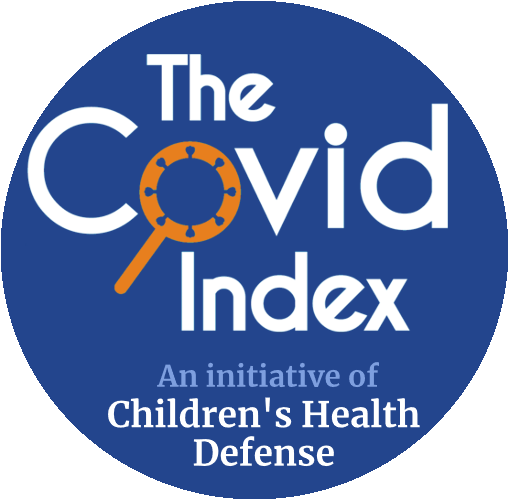"The Alaska State Public Health Laboratories in Anchorage and Fairbanks use real-time reverse-transcriptase polymerase chain reaction (rtRT-PCR) to accurately identify the presence or absence of SARS-CoV-2 viral genetic material (ribonucleic acid, or RNA) in clinical specimens collected from the respiratory tract of patients...
What does a Ct value mean?
Ct stands for 'Cycle Threshold.' The Ct number refers to the number of cycles needed to see undeniable exponential growth of reporter dye fluorescence. Most diagnostic PCR assays run multiple cycles in order to allow for the various concentrations of viral RNA present in clinical specimens to have a chance to be detected. For instance, if someone is sampled when they are shedding a lot of virus, the sample will have a low cycle threshold meaning detection of the virus was possible during early cycles (i.e. 20 cycles, Ct=20). If the specimen contains low levels of viral RNA, it may take more cycles in order for amplification to begin. These specimens will have late cycle threshold numbers (i.e. Ct=33). Assays are critically evaluated to find end-points (sometimes called cut-offs) describing the number of cycles to run before positive specimens are not reproducible. This really describes the assay’s limit of detection. All assays are designed a little differently and various endpoints are established by manufacturers and evaluated by the FDA. Most PCR assays for infectious diseases have Ct cutoffs in the range of 35-40 with any detection below the cutoff considered positive. At the Alaska State Public Health Laboratories, our main PCR assay for SARS-CoV-2 has an end point at 37 cycles, and our backup assay to maintain capacity has an end point of 40 cycles...
Some other important details about Ct values
• ... SARS-CoV-2 diagnostic rtRT-PCR assays are qualitative (yes or no) tests. They are not designed to determine the amount of virus present in the specimen (viral load) because many external factors can influence these results. Ct values can differ immensely from a poorly collected specimen to a well-collected specimen. A common reason for false negatives is poor specimen collection. Other factors that can impact Ct values include proper (or improper) specimen transport, specimen storage temperatures, how many times the specimen has been frozen, and the instrument on which testing is performed...
• The amount of virus present in a person can vary during the course of their illness. A specimen may have a higher Ct value (low viral load) if the patient is early in their infection and the virus is still increasing in their body, and also later in infection when the viral load is decreasing. In both cases the high Ct value still represents a true positive with SARS-CoV2 nucleic acid detected. For SARS-CoV-2, it is still unknown how much virus is needed to transmit virus from person to person and cause new infections."
This document is a product of the Alaska Department of Health and is in the public domain. It is provided here for informational and educational purposes. No copyright is claimed, and it may be freely reproduced or distributed without restriction.
Source: Alaska Department of Health, Division of Public Health – Archived Link
